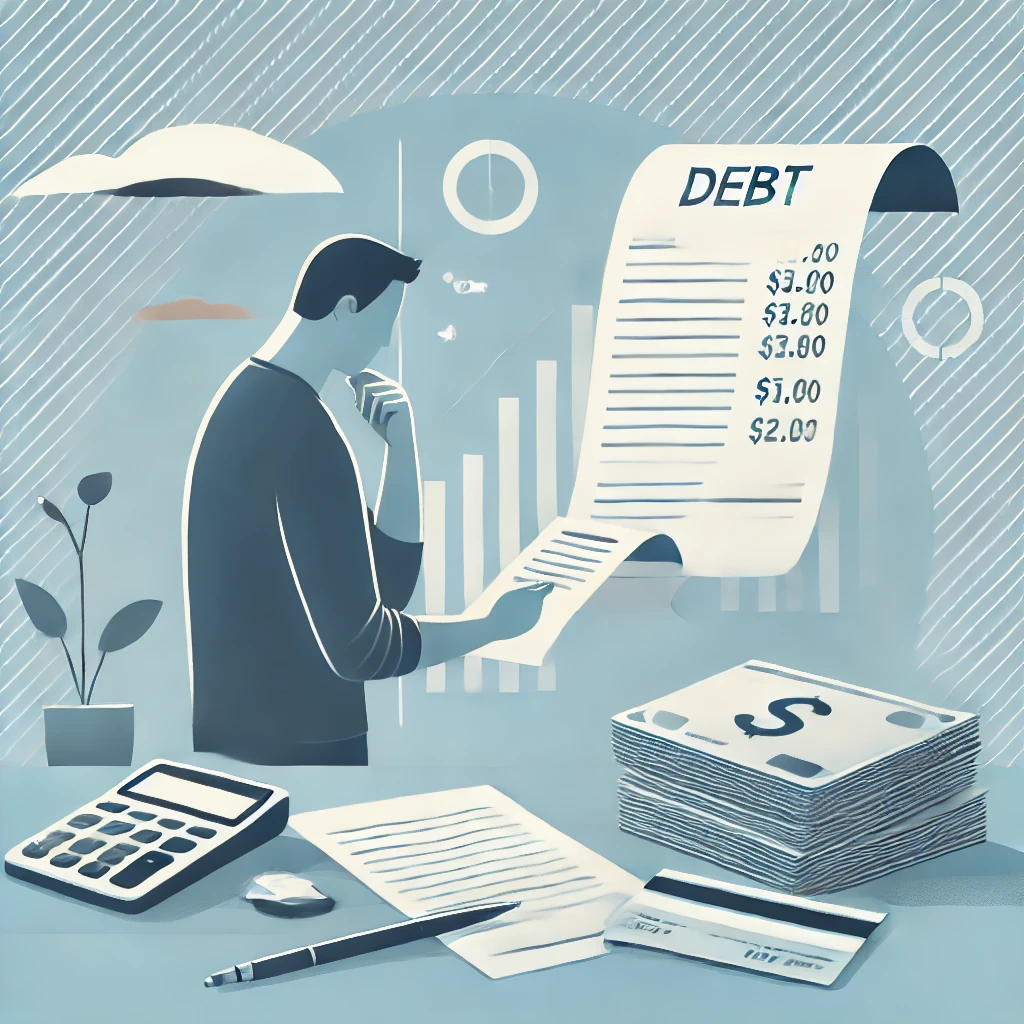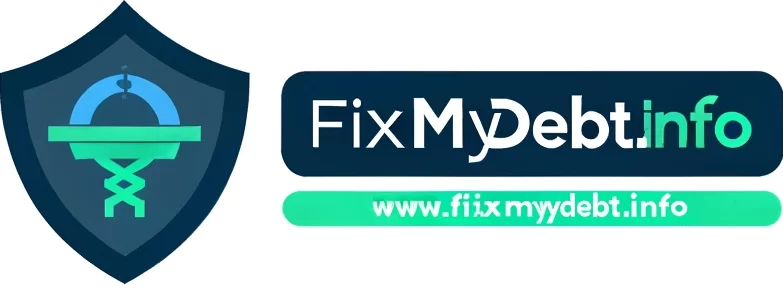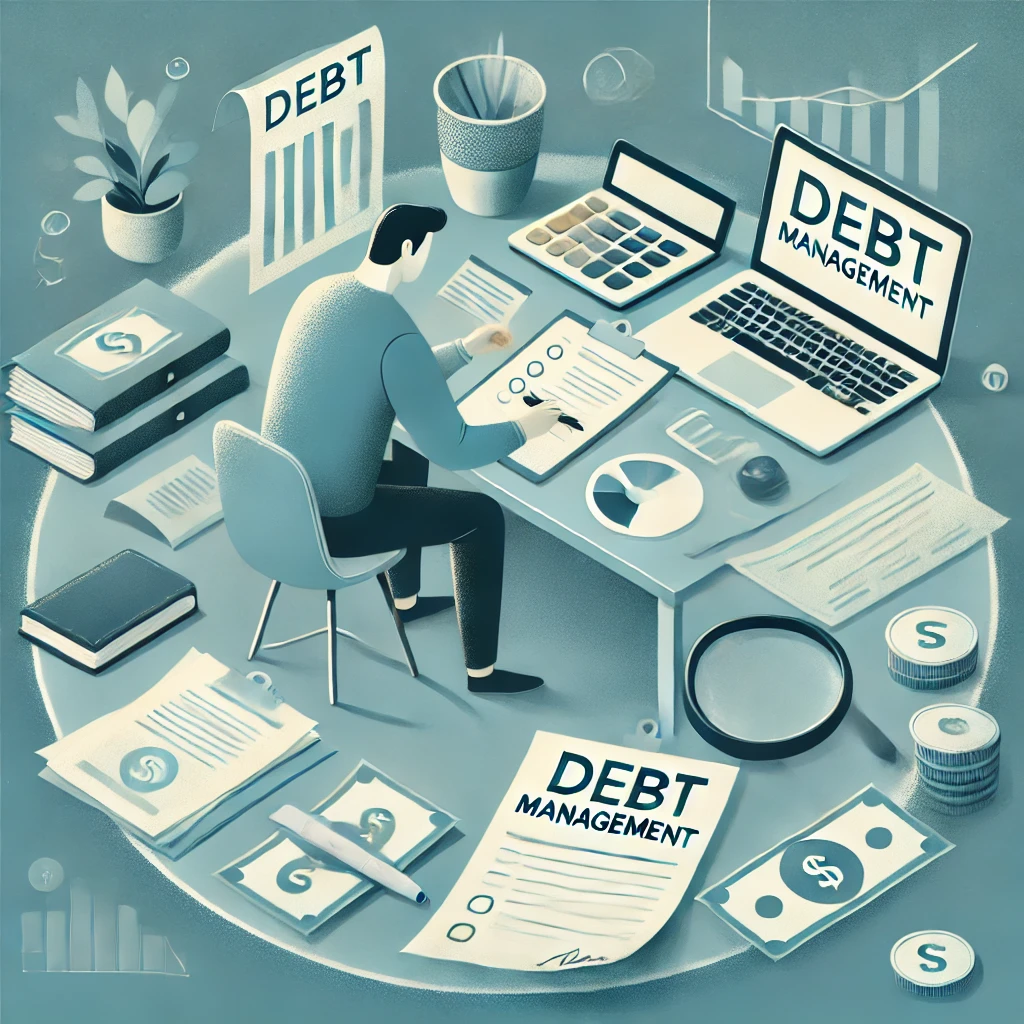Debt is a common financial tool that, when managed properly, can help individuals and businesses achieve their goals. However, when mismanaged, it can lead to financial strain and stress. This article explores the different types of debt, the common causes, and practical tips on managing and reducing debt.
What is Debt?
Debt is money borrowed from another party with the expectation that it will be repaid, usually with interest, at a later date. While debt can be beneficial in certain circumstances, such as buying a home or funding education, excessive or poorly managed debt can lead to financial difficulties.
Types of Debt
- Secured Debt: This type of debt is backed by collateral, such as a house or car. If the borrower fails to repay, the lender can seize the collateral. Common examples include mortgages and auto loans.
- Unsecured Debt: This debt is not backed by collateral, making it riskier for lenders and often leading to higher interest rates. Examples include credit cards, personal loans, and medical bills.
- Revolving Debt: Revolving debt, such as credit cards and lines of credit, allows the borrower to use funds up to a certain limit and repay them over time. Interest is charged on the outstanding balance.
- Installment Debt: This type involves borrowing a fixed amount of money and repaying it in equal installments over a specified period. Mortgages, student loans, and car loans fall under this category.

Common Causes of Debt
- Overspending: One of the most common causes of debt is spending beyond one’s means. This often happens with credit cards, where it’s easy to accumulate a balance that becomes difficult to pay off.
- Unexpected Expenses: Medical bills, car repairs, or home maintenance costs can quickly lead to debt, especially if emergency savings are insufficient.
- Loss of Income: Job loss, reduced hours, or unexpected life changes can lead to a decrease in income, making it challenging to meet financial obligations.
- High-Interest Rates: High-interest rates, especially on credit cards, can cause debt to grow rapidly if only minimum payments are made each month.
- Lack of Financial Planning: Without a proper budget or financial plan, it’s easy to lose track of spending and accumulate debt.

How to Manage and Reduce Debt
- Create a Budget: Start by listing your income and all expenses. This will help you identify where your money is going and where you can cut back to allocate more towards paying down debt.
- Prioritize Debts: List your debts from highest to lowest interest rates. Focus on paying off high-interest debt first, as it grows the fastest. This approach is known as the “avalanche method.” Alternatively, you can use the “snowball method,” where you pay off the smallest debts first to build momentum.
- Consolidate Debt: Debt consolidation involves combining multiple debts into one with a lower interest rate, often through a personal loan or balance transfer credit card. This can simplify payments and reduce interest costs.
- Negotiate with Creditors: If you’re struggling, contact your creditors to negotiate a lower interest rate or a payment plan. Many lenders are willing to work with you if they see you’re making an effort to pay.
- Increase Income: Consider finding additional sources of income, such as a part-time job, freelancing, or selling unused items. Extra income can help you pay down debt faster.
- Avoid New Debt: Resist the temptation to take on new debt while paying off existing obligations. Stick to cash or debit for purchases and avoid opening new credit lines.
- Seek Professional Help: If managing debt becomes overwhelming, consider consulting with a credit counselor or financial advisor. They can help you develop a debt management plan tailored to your situation.
Conclusion
Debt is a part of modern life, and when used wisely, it can be a powerful financial tool. However, it’s crucial to understand the different types of debt, recognize the warning signs of trouble, and take proactive steps to manage and reduce your debt load. By creating a budget, prioritizing payments, and avoiding new debt, you can regain control of your finances and work towards a debt-free future.

